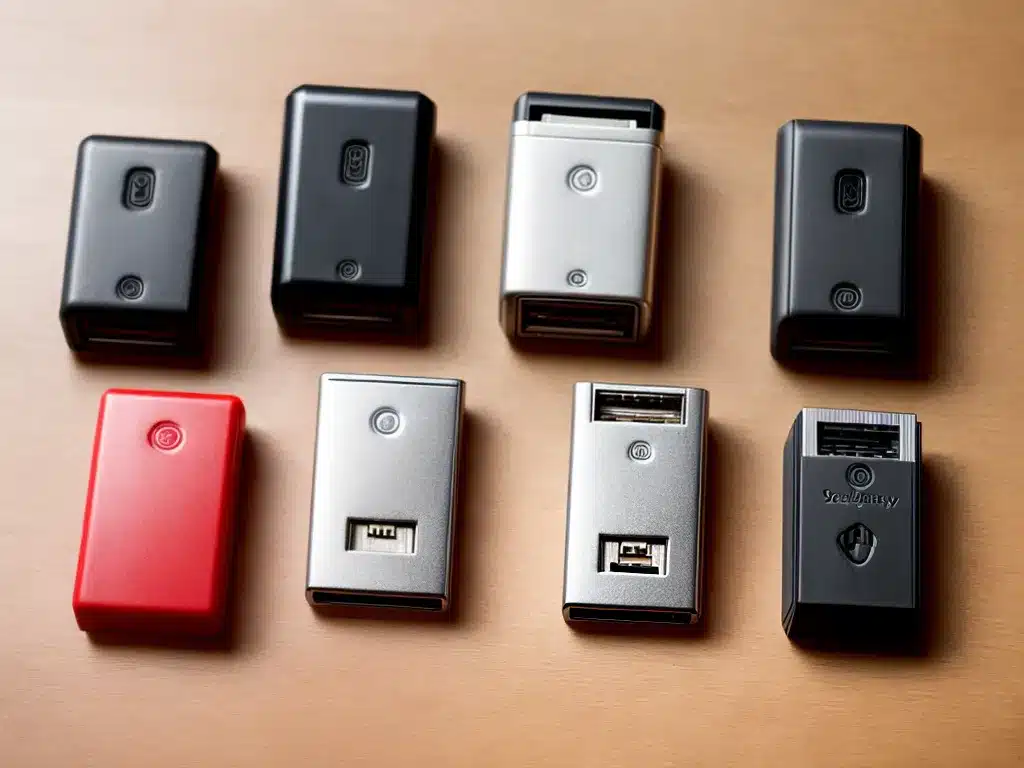
Introduction
As someone who enjoys finding good deals on used electronics, I’ve purchased my fair share of second hand USB drives and tech devices over the years. However, I’ve learned that buying used USB drives and tech does come with some security risks that consumers should be aware of. In this article, I’ll discuss some of the main security issues to keep in mind when acquiring used USB drives or tech devices.
Malware and Viruses
One of the biggest risks of using second hand USB drives is that they may contain malware or viruses left over from previous owners. Unlike new USB drives straight out of the packaging, used drives can’t be assumed to be clean and malware-free.
Some types of dangerous malware that can lurk on used USB devices include:
- Trojans – Malware that disguises itself as legitimate software while carrying out hidden, malicious actions.
- Worms – Malware that self-replicates and spreads across networks and drives.
- Keyloggers – Malware that records keystrokes such as passwords.
- Rootkits – Malware that gives attackers remote access and control over a system.
If an infected device is plugged into a computer, any malware on it could easily infect that system. Formatting the drive does not guarantee that malware will be removed either, as some viruses can embed themselves deep in a drive’s firmware.
Outdated Software and Missing Updates
Used USB drives and tech devices may have outdated, vulnerable software installed on them. When buying used, you don’t know if the previous owner kept their software updated and properly patched.
Using tech devices with outdated, unpatched software can make you an easy target. Known exploits could allow attackers to gain access to an unsecured device and compromise your data. It’s important to format and reinstall updated software on any used tech you acquire.
Access to Sensitive Data
Used USB drives or tech devices may still contain sensitive files or data left over from previous owners. Personally identifiable information like financial documents, passwords, or medical records could still be accessed through used devices.
Make sure to thoroughly wipe and format any used drives or devices to ensure no sensitive data can be accessed. However, keep in mind that simply deleting files does not always guarantee they can’t be recovered later by someone else.
Hardware Vulnerabilities
On older used tech devices, there may be hardware-level vulnerabilities that could be exploited by attackers. Technical flaws in the physical chips and components themselves could provide security holes even with updated software.
Research any hardware bugs or exploits associated with a used device before acquiring and using it. Some older devices may have risks that simply aren’t worth it compared to newer tech.
Lack of Encryption
Used USB drives and old tech devices most likely will not use encryption. That means if they are lost or stolen, anyone could easily access and view your data stored on them.
It’s wise to encrypt and password-protect any important data that you decide to put on used USB drives or devices. This will add an extra layer of security should they ever fall into the wrong hands.
No Tech Support or Warranty
If any problems arise with used or second hand tech devices, you likely will not have access to tech support or a manufacturer’s warranty. You’ll be fully responsible for any maintenance or repairs needed.
Make sure you inspect and test out used devices thoroughly upfront before purchasing. Additionally, see if you can get any personal warranty from the seller in case issues pop up shortly after acquiring the used tech.
Best Practices When Acquiring Used USB Drives and Tech
- Carefully inspect devices for any signs of damage or tampering.
- Thoroughly format USB drives to wipe them clean of any residual data.
- Check used devices for outdated software and apply any available updates.
- Encrypt drives and devices to protect your data in case they are lost or stolen.
- Use antivirus software to scan for and remove any potential malware.
- Don’t store sensitive personal data on used, unsecured drives or devices.
- See if any warranty coverage is included when purchasing from a seller.
- Be prepared to troubleshoot and repair used tech without support.
- Research any hardware flaws associated with older used devices.
Summary
Used and second hand USB drives and tech devices can come with a variety of security risks you need to keep in mind. However, with proper precautions like formatting, encryption, malware scanning, and updating software, you can mitigate most of these risks. As long as you inspect and secure used devices, you can safely enjoy the cost savings of purchasing tech second hand rather than new.












